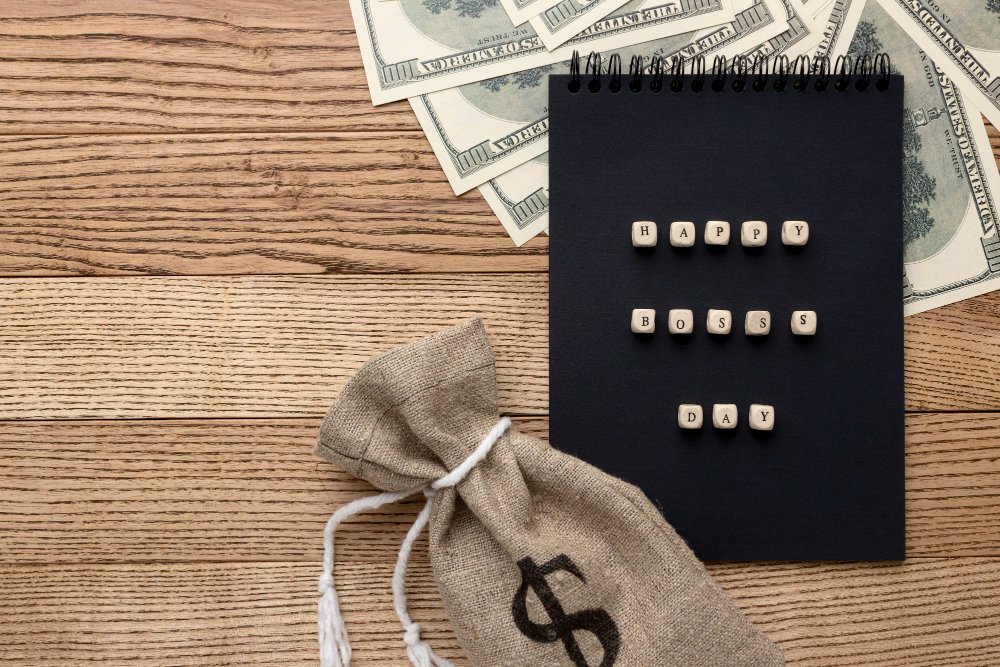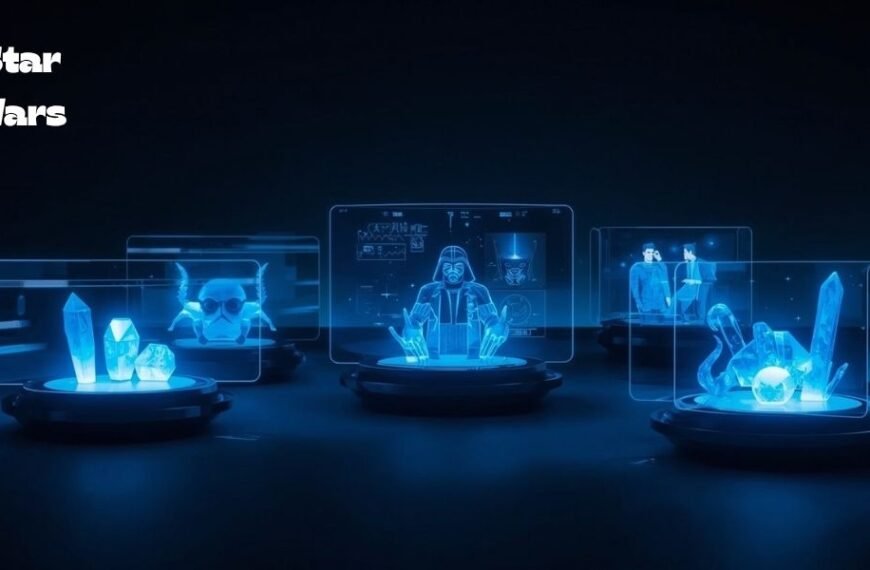we are bombarded with these phrases daily. Revolut, Curve, Shopify, Booking.com, and many other international credit card and payment apps have cleverly designed incentives such as rewards and cash back to attract users.
This is not just a promotion, but a mechanism that skillfully stimulates the desire for immediate rewards and behavioral psychology of people today. In this article, we will examine how this reward design influences our consumption behavior and encourages habituation and even dependence through several case studies.
The Pleasure of Instant Reward in the Cashless Era
With the spread of cashless payments in many parts of the world, we have become more familiar with the experience of instant rewards in every situation. For example, Revolut and Curve, the fastest-growing online wallets in recent years, offer cash back based on the amount spent, providing a sense of instant win-win; global e-commerce and booking platforms such as Shopify and Booking.com also offer vouchers and point rewards under certain conditions. Such vouchers and point rewards work as an important tactic in increasing user retention.
These services are supported not only by mere convenience, but also by the design of rewards that the brain finds pleasurable. Psychologically, these immediate reductions stimulate a brain system called the dopamine reward system. The presence of a small reward immediately following an action makes that action more likely to be reinforced. In other words, a pay-and-reward feedback mechanism circuit is formed in the brain, and we naturally continue to choose that service.
The Relationship between Gambling and Rewards: A Case Study of Bookmaking in Japan
Furthermore, gambling is known as the most common activity that stimulates the dopamine reward system in the brain. The structure of risk-taking and reward-earning is directly related to the instinctive desire for reward in humans.
Online bookmakers, which have been growing rapidly in many parts of the world, like the U.S., in recent years, also have cleverly designed incentive programs. The bookmaker’s bonuses are unique to each region, for example, the Japanese bookmaker’s bonuses show that they offer ongoing incentives such as high first deposit bonuses, free bets on specific games, and points earned for consecutive logins.
On the other hand, these bonuses, which appear to be good deals, are actually designed to be complicated, often coming with a number of conditions such as withdrawal conditions and minimum odds, which naturally induce users to repeat their purchases. This mechanism is essentially the same as the strategy seen in many subscriptions to lead users from a free trial to continuous billing, or the login bonuses in mobile games, which are designed to make behavior habit-forming.
How Rewards Shape Choice
The important point is that users are not motivated by the reward itself. In fact, they are simply acting in response to a mechanism designed to make them feel like they are being rewarded. For example, advertising such as “Spend $X more for free shipping” or “Join today and receive X bonus points” prompts the user to make the choice to avoid a loss and take a gain. This is a clever design that can be traced back to behavioral economics and Nudge Theory.
Companies control users’ choices through the freemium model (basic free + charged elements), gamification elements (badges, levels, rankings, etc.), and social rewards such as “likes” and “shares” on social networking sites. In such an environment, many of our choices are actually merely guided along pre-designed routes. If we live without understanding this, we even run the risk of unknowingly leaving decision-making to the corporate side. Companies are investing their time and resources not only in visible elements such as price, service, and UI/UX, but also in “how to make people feel. This is the technology that makes consumers “choose”.
Between the “giver” and the “receiver” of rewards
In today’s digital society, we live with a myriad of rewards. First-time discounts for subscription services, instant rewards for cashless payments, reaction features on social networking sites, and even bonus designs for online bookmakers all function as “reward systems that induce user behavior.
What is particularly interesting is that these rewards are designed not only for short-term pleasure, but also to lead to habituation and continued use, and this system functions as a mechanism that encourages users not only to use the service once, but also to keep coming back to the service. Conditional rewards and step-up incentives make users feel as if they are playing a game, and that they will gain if they continue to use the service for a little longer.
The impact of such a design extends beyond individual choices to the way we spend our time and the direction of our interests. By creating not only tangible rewards, but also the appearance of rewards, the power relations between companies and consumers are quietly realigning. To be a wise consumer, it is essential to be literate enough to see through these reward design structures.









